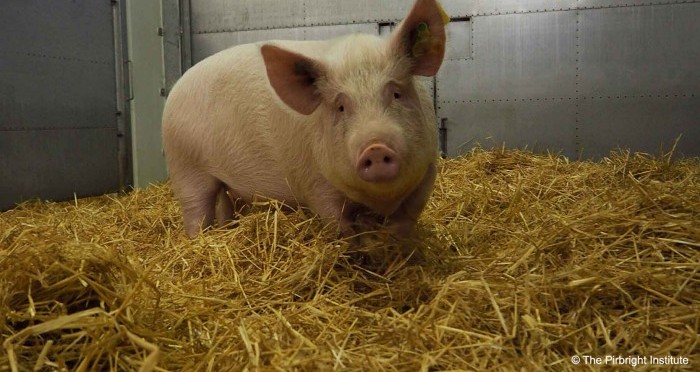Researchers at Pirbright conducted a study using the development of a pig respiratory coronavirus (PRCV) which could help shed light on how coronaviruses cause disease and how the immune system responds to them.
The research, published in Frontiers in Immunology, is designed to understand what factors result in mild or severe disease in pigs, to then inform the development of new control strategies for emerging livestock and human coronaviruses.
The study examined pigs, which are used for modelling human diseases because of the similarities in their size and how their immune systems work, looking at the varying symptoms and severity of natural transmission of PRCV, and has drawn comparison to the coronavirus in humans.
Four strains of PRCV were investigated in the study, which found that viruses that replicated in the lungs caused more severe disease. Scientists also found that all virus strains multiplied in the upper respiratory tract and in the nose, as seen with SARS-CoV-2.
Strains that caused severe disease were also able to multiply in organ cultures. These findings may help us understand how these viruses enter cells, replicate and how some immune cells respond to virus infection.
“This research is an important step to understanding coronaviruses in their natural hosts,” said Dr Elma Tchilian, head of the Mucosal Immunology group at Pirbright. “By exploring disease in pigs, and the mechanisms of infection we will gain insights into pig health which can also be applied to humans with COVID-19.
“This will help to improve our knowledge of COVID-19 and the most effective controls that can be put into place to slow the spread of disease.”




